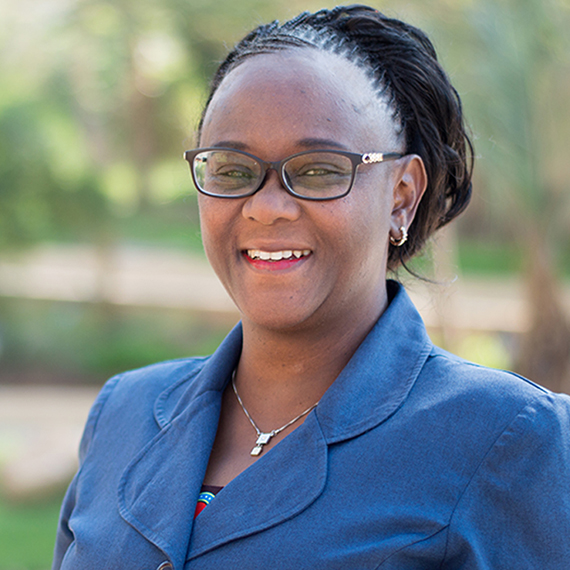An earthquake with a magnitude of 5.6 at a depth of 10.0 KM(6.21 miles) has occurred at Southwest
Cianjur District – West Java, Indonesia, as reported by Indonesia’s Meteorology, Climatology, and
Geophysical Agency (BMKG) on November 21, 2022, 13:21:10 (GMT+7). The earthquake are not tsunami
potential, with epicentrum latitude 6,84 and longitude 107,05 and impacted several location in: 10 km
Southwest Cianjur District; 15 km Northeast Sukabumi city; 39 km Southeast Bogor City; 63 km
Northwest Bandung; and 78 km Southeast Jakarta. Until Tuesday, November 22, 2022, 06:30:00
(GMT+7), around 118 aftershocks were recorded with magnitudes ranging from 1,5 to 4,2. According to
BMKG, the earthquake is the shallow-type quake caused by Cimandiri Fault activity.
The Government of Indonesia has declared this disaster as an Emergency Response Status and is
requesting the involvement of many parties for managing the disaster.
The Regional Disaster Management Agency (BPBD) of Cianjur District on Tuesday (22/11) at 16:00:00
(GMT+7) reported that there were 268 casualties, mostly because they were hit by collapsed building
materials when the quake happened. The Indonesian Red Cross declared that some casualties were
children. As many as 151 persons are declared missing and the search is still ongoing, while as many as
1.083 persons are injured. The total affected community in Cianjur District are 169.124 persons while
around 58.362 people took refuge in other areas as IDPs. As for now, the total affected population which
are reported to evacuate are increasing to 7.060 persons, divided in some evacuation points.
The earthquake has caused infrastructure damages in Cianjur District, whether houses or public facilities.
It is recorded that 12.641 houses are minorly damaged, 2.071 houses are mildly damaged, 6.570 houses
are heavily damaged, 1 unit of Islamic boarding school is heavily damaged, 4 unit of government
buildings are damaged, 3 unit of educational structures are damaged, 1 unit of worship place are
damaged, and 1 regional public hospital (Cianjur Regional Public Hospital) are mildly damaged.
Other than Cianjur District, infrastructure damages are also reported in Bogor Districts (46 houses with
mild damage), Sukabumi District (443 houses with heavy damage), and in Sukabumi city (14 houses with
minor damage). The earthquake also caused landslides that blocked provincial roads in Cianjur District.
ACT Alliance is considering to support the earthquake emergency support by mobilizing funds from the RRF
Indonesia_Alert_Cianjur Earthquake.




